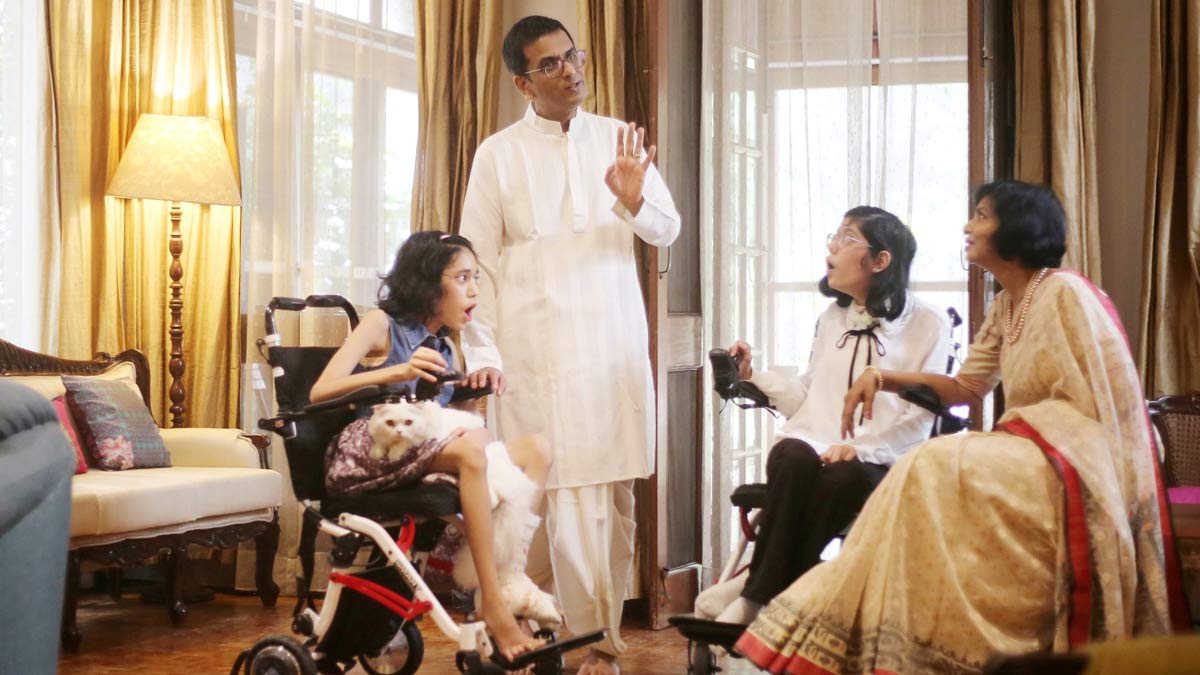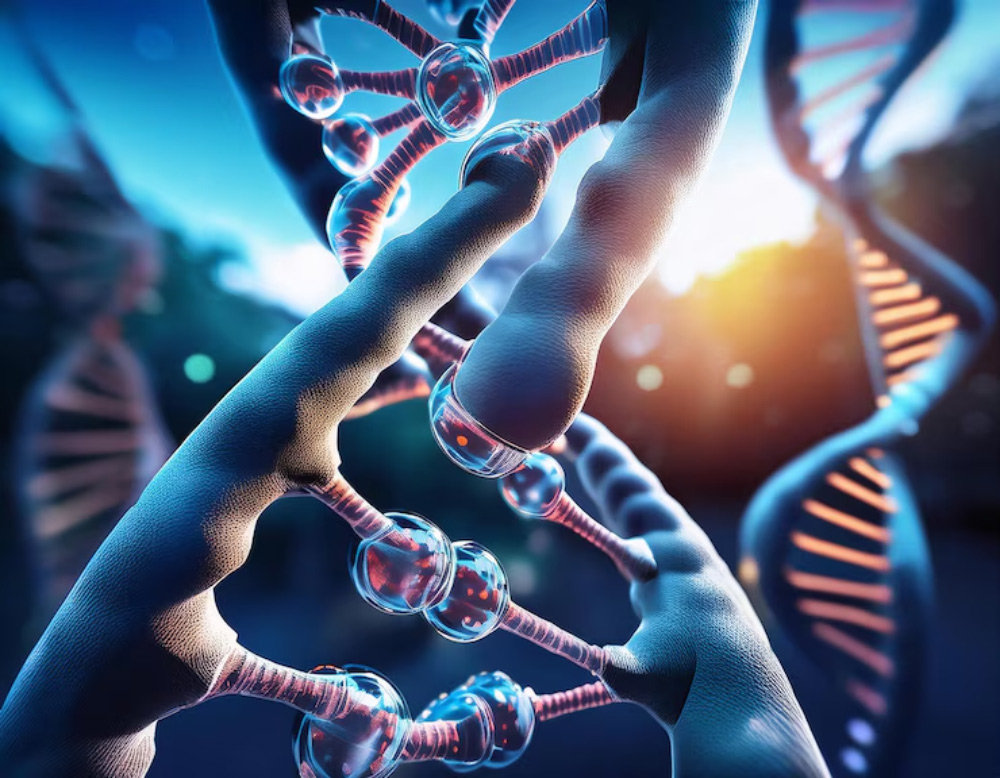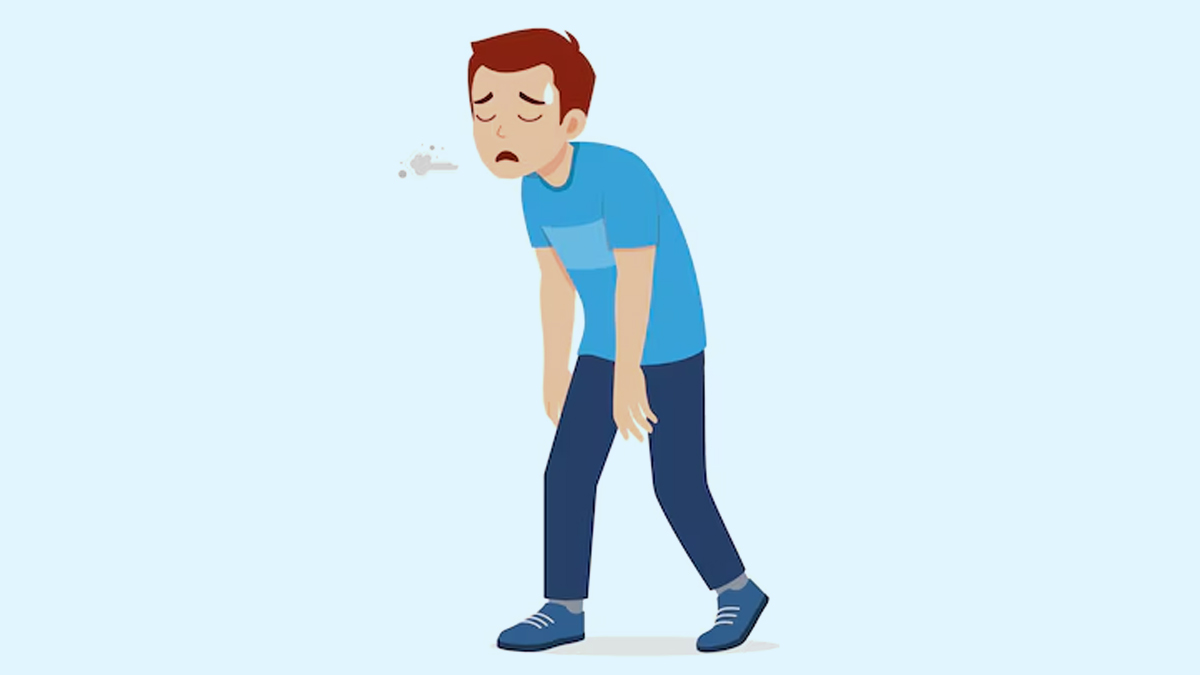
Recently, Chief Justice of India, DY Chandrachud, opened up about his daughters’ battle with a rare neuromuscular disorder called Nemaline Myopathy. This disorder affects skeletal muscles, leading to significant challenges in muscle tone and function. “Our children have been born with a condition called nemaline myopathy. There is absence of knowledge about myopathy among doctors, caregivers, and certainly, on the part of the parents. The families where the children are born feel nothing is wrong with them,” he said in an interview with a renowned publication.
While the disorder is rare, understanding its causes, symptoms, and management can help raise awareness about its impact. To understand the causes, symptoms, and management of nemaline myopathy, OnlyMyHealth interacted with Dr Roohi Pirzada, Consultant Physician, MBBS, Mumbai.
What is Nemaline Myopathy?
Nemaline myopathy is a congenital, often hereditary, neuromuscular disorder that primarily affects skeletal muscles, which are responsible for voluntary movements. According to Dr Roohi Pirzada, “Nemaline myopathy is a rare condition which affects skeletal muscles, the main symptom being decreased muscle tone leading to muscle weakness.”
The disorder can vary in severity, ranging from mild cases with minimal impact on daily life to more severe forms that lead to substantial muscle weakness, requiring significant medical intervention.
Also read: CJI Chandrachud Reveals The Secret Behind His Fitness; Here’s Everything To Know About It

Causes of Nemaline Myopathy
The primary cause of Nemaline myopathy is genetic mutations, particularly in one of two genes: NEB (nebulin) or ACTA1 (actin alpha skeletal muscle 1). Dr Pirzada explains, “Nemaline myopathy is caused due to genetic mutations in one or both of these genes, leading to disorganization of proteins found in muscle sarcomeres, the fundamental units of muscle contraction.” These mutations disrupt the normal structure and function of muscle fibers, resulting in the formation of thread-like nemaline bodies within the muscle cells.
In most cases, this condition is present at birth or develops during early childhood, though there are instances of late-onset Nemaline myopathy, where symptoms may not manifest until later in life.
Symptoms
The most common symptom of Nemaline myopathy is muscle weakness, which primarily affects proximal muscles — the muscles closest to the centre of the body, such as the neck, trunk, upper arms, and legs. Dr Pirzada notes that "The weakness can worsen over time, and individuals may even have swallowing and breathing problems."

Other symptoms include:
Hypotonia (decreased muscle tone): This results in a lack of strength and control over muscle movements.
Absent reflexes: Reflexes may be reduced or completely absent.
Facial deformities: An elongated face, displaced jawline, and a high-arched palate are common features.
Difficulty with speech and swallowing: These issues can lead to feeding difficulties and speech challenges, requiring therapy.
Skeletal abnormalities: People with Nemaline myopathy may develop joint contractures (stiffness), scoliosis (curved spine), and eventually require wheelchairs due to significant muscle weakness.
If left untreated, this condition can lead to respiratory insufficiency, which may cause secondary complications like cardiac issues. "Respiratory support may be needed with mechanical ventilation," emphasises Dr Pirzada, especially for those with severe weakness impacting breathing muscles.
Also read: Dealing With Musculoskeletal Disorders? Expert Lists 10 Foods You Must Avoid
Treatment

While there is currently no curative treatment for Nemaline myopathy, care focuses on supportive treatments to manage symptoms and improve quality of life. As Dr Pirzada explains, “Treatment is supportive and directed towards specific individual symptoms.”
Some treatment options include:
Respiratory therapy: For those with breathing difficulties, mechanical ventilation may be necessary.
Speech and swallowing therapy: To address difficulties in feeding and speaking.
Orthopaedic interventions: Specialised braces, devices, and sometimes surgical measures are used to correct skeletal abnormalities like joint contractures and scoliosis.
“Many individuals with significant muscle weakness will eventually require a wheelchair,” adds Dr Pirzada. The management plan is personalised based on the severity of symptoms and can involve a multidisciplinary team of healthcare providers to ensure comprehensive care.
Conclusion
Nemaline myopathy, while rare, significantly affects those who live with it, requiring a lifelong commitment to managing symptoms. The openness of prominent figures like Chief Justice DY Chandrachud in discussing this condition is a valuable step toward increasing awareness, encouraging research, and fostering support for affected individuals.
Also watch this video
How we keep this article up to date:
We work with experts and keep a close eye on the latest in health and wellness. Whenever there is a new research or helpful information, we update our articles with accurate and useful advice.
Current Version